
TERMS TO KNOW FOR YOUR PERMIT TEST (F-L)
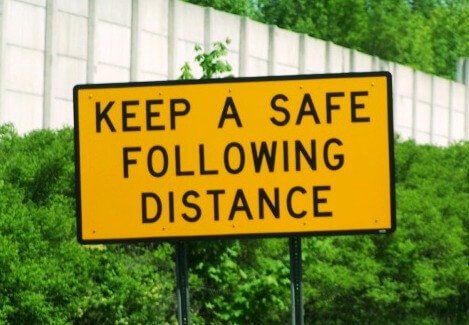
Following Distance
The following distance is the space between your car and the car ahead of you. It is important that you maintain as safe a following distance as possible between you and other vehicles on the road so that you may avoid or prevent dangerous situations from occurring. If the driver ahead of you stops suddenly you may be able to avoid a collision if you have not been following too closely. Most driver’s manuals will suggest a driver maintain a minimum safe following distance of three seconds on normal driving conditions, the amount increasing as depending on other road conditions and weather factors.

Graduated Driver License
Typically, the Graduated Driver Licensing system consists of three stages: learner’s permit, intermediate (or provisional) and full license. This system is intended to help drivers develop safe driving practices over time. Each stage will have its own restrictions and privileges, varying state by state.

Head-On Collision
There are three types of collisions: head-on, side and rear-end. A head-on collision occurs when a vehicle hits another vehicle or a solid object from the front.
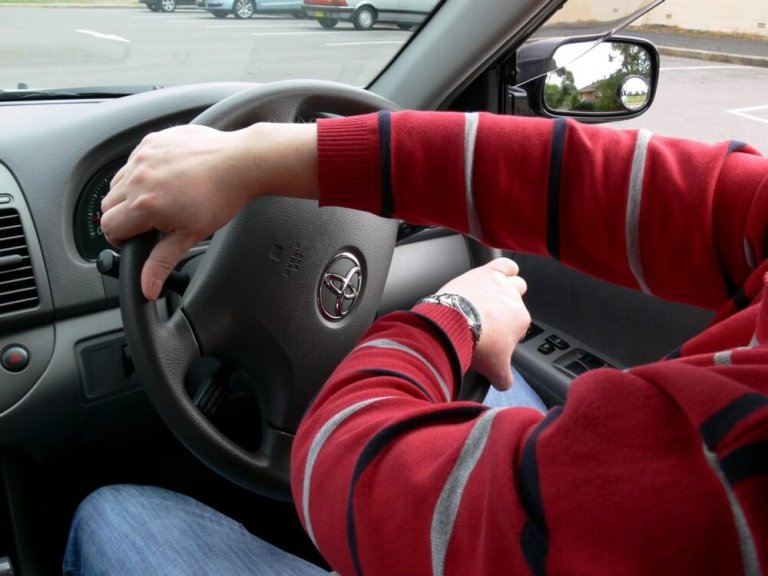
Hand-to-hand Steering
Frequently recommended for making turns, the hand-to-hand steering method requires you push up on the steering wheel while the other hand slides to the top and pulls the wheel down. You repeat this action until you have completed the turn.
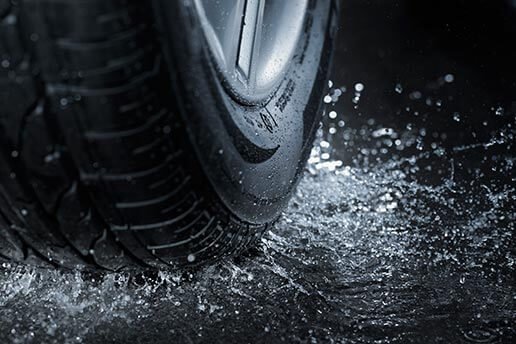
Hydroplaning
Hydroplaning occurs when your vehicle loses traction and slides on water, which can result in you losing your ability to control and steer your vehicle as your tires may lose contact with the road. Wet road surfaces can cause tires to hydroplane.
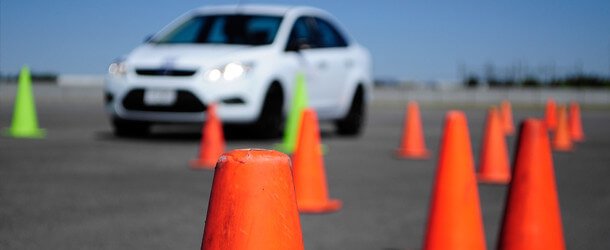
Identify, Predict, Decide and Execute
IPDE is a defensive procedure and step-by-step process Identify, Predict, Decide, and Execute. It is taught to encourage safe driving and develop safe practices.
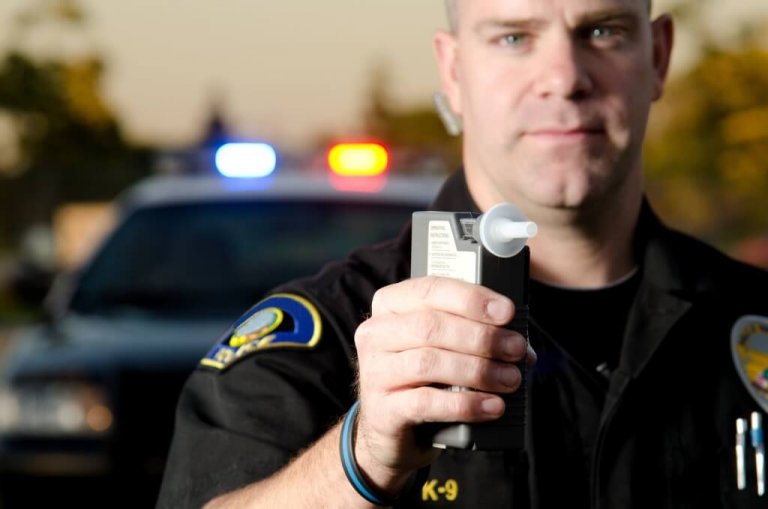
Implied Consent Law
The Implied Consent Law states that by driving a vehicle you agree to submit to chemical tests that will determine the alcohol or drug content in your system if a law enforcement officer asks you to do so.
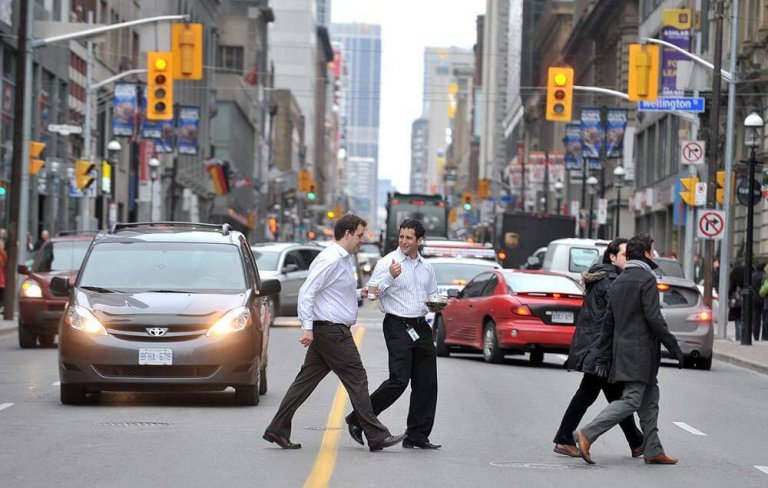
Jaywalking
Jaywalking occurs when a pedestrian crosses a street or intersection outside of a designated crosswalk and without observing traffic rules, signs or signals. Jaywalking is dangerous and a significant cause of traffic collisions and pedestrian deaths.
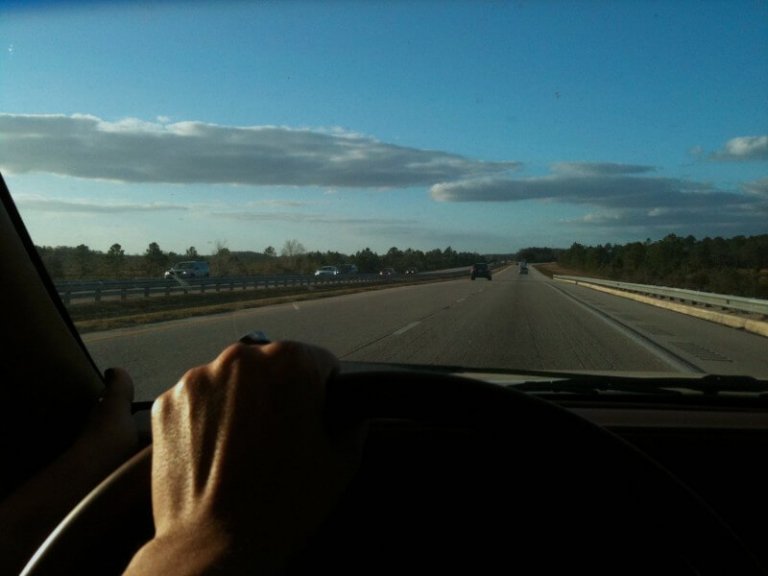
Line of sight
A driver’s line of sight is the visible travel path from your vehicle to the target destination. Often, this line is blocked by curves, hills, trucks or other obstructions, which is why it is important for you to be aware of objects or vehicles that enter into your line of sight and to slow down when appropriate to avoid injury or accident.
